I expect there are a lot of new eyes on my website due to the amount of people now buying poultry.
To introduce myself, I am Janine Zschech, the sole owner/occupant of Adelaide Chicken Sitting Service.
I am a Poultry Pet Sitter and Poultry Educator
I do NOT sell poultry
I am NOT a breeder
But I can help you source what you are looking for.
I do NOT buy or take UNWANTED poultry
I do NOT RESCUE poultry
Please search my blog for rehoming advice. This may change from time to time. The basics remain the same.
I do NOT kennel any birds or poultry
I come to your backyard to care for the pets on your property for their health, safety and comfort.
I practice strong biosecurity to keep birds healthy (not to bring in disease or pests).
I pet sit within a half hour drive of Sheidow Park (SA 5158). Costs double outside of my zone.
I am NOT a vet
I do give sound advice for free via email, text, comments on posts and by phone.
I will direct you to a vet when I can identify that your poultry need more help than a home remedy.
I have a farming background, so my advice is based in sound working knowledge.
I do NOT sell any products
I can help you locate the right product that you need and the general cost and directions on how to use the product.
I do NOT have any incubators for loan
I can help you source incubators (ahead of time!) as well as setting up a brooder for hatched chicks.
I will NOT help you source poultry for slaughter, cock fighting or rituals
I support backyard chicken keepers who want to keep chickens for their company and fresh eggs.
I also support those who need to help find a location for dispatch from their own flock.
I do NOT do any advertising on my website
I do give product reviews here on my blog which will contain positive and negative feedback, as well as how to use a product or service.
I welcome all questions from poultry keepers Australia wide.

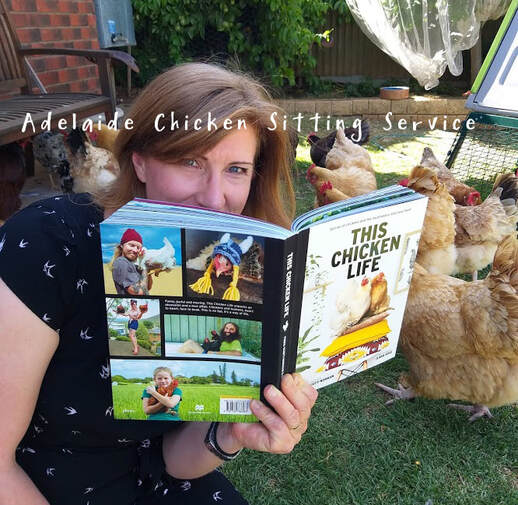

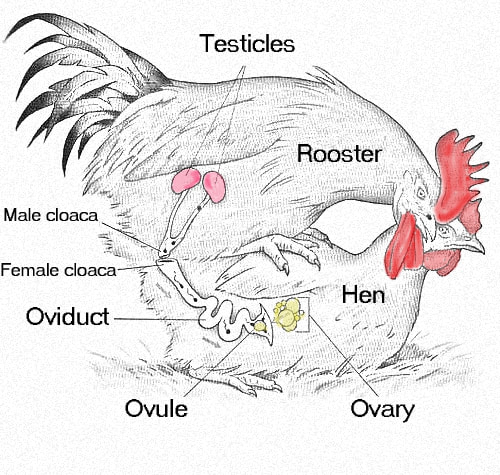
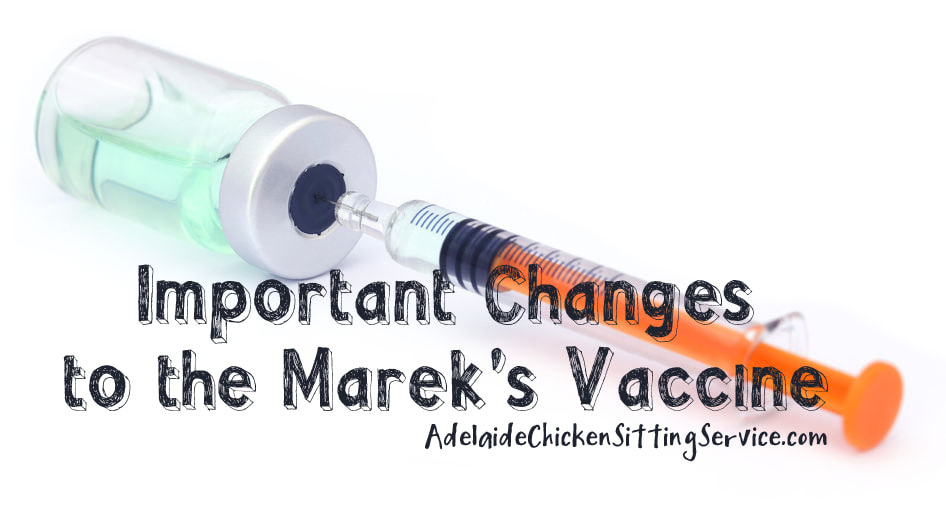
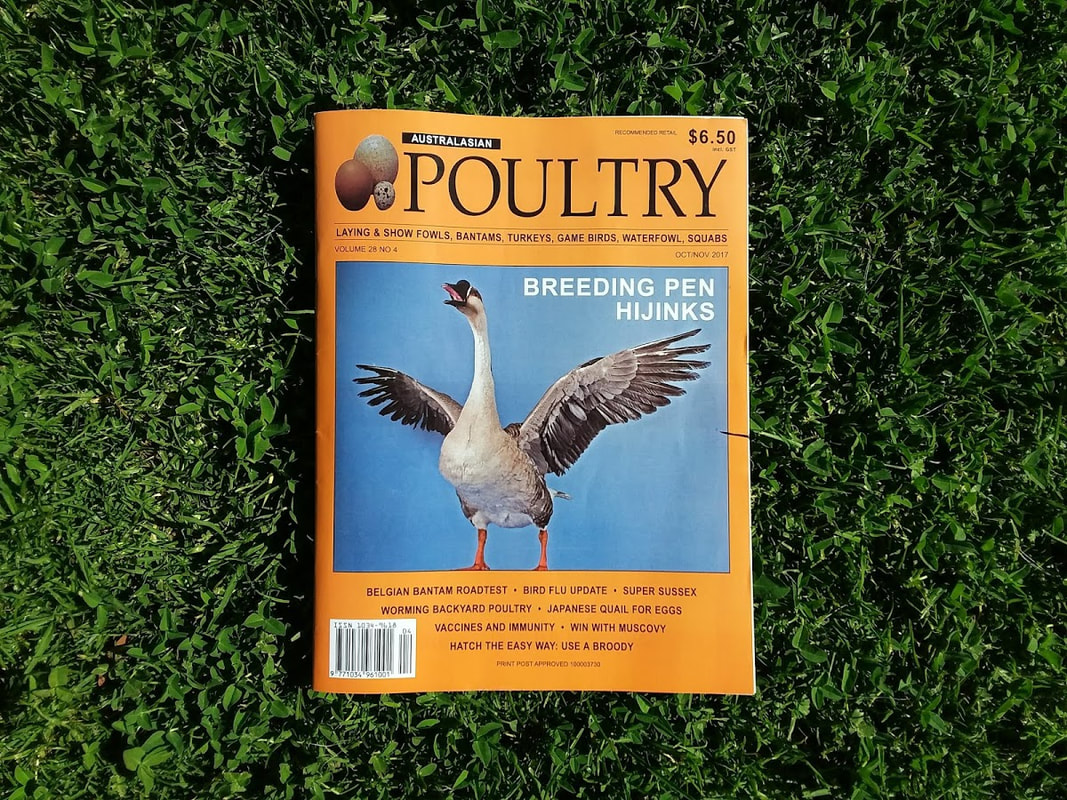
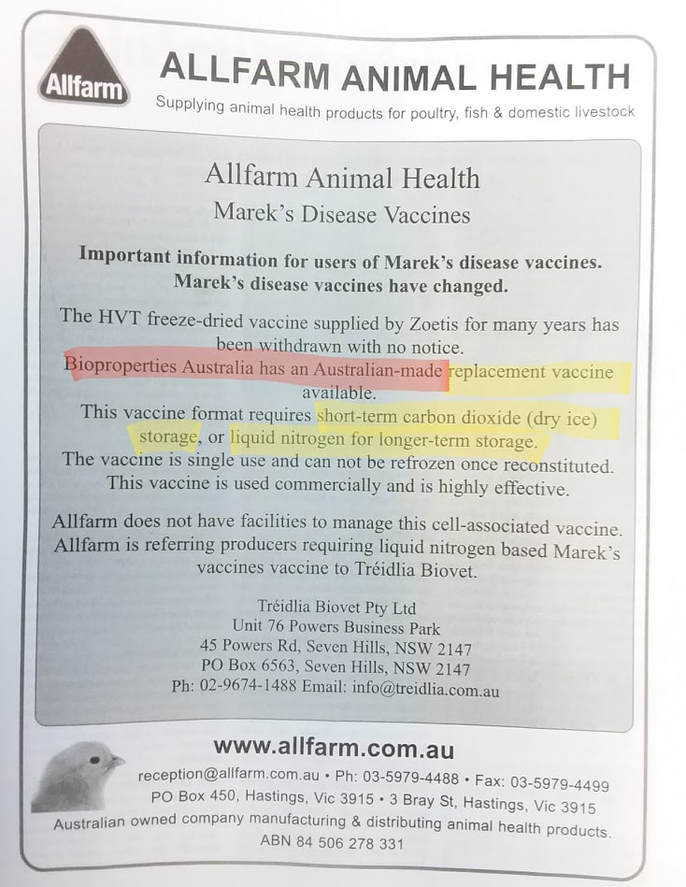
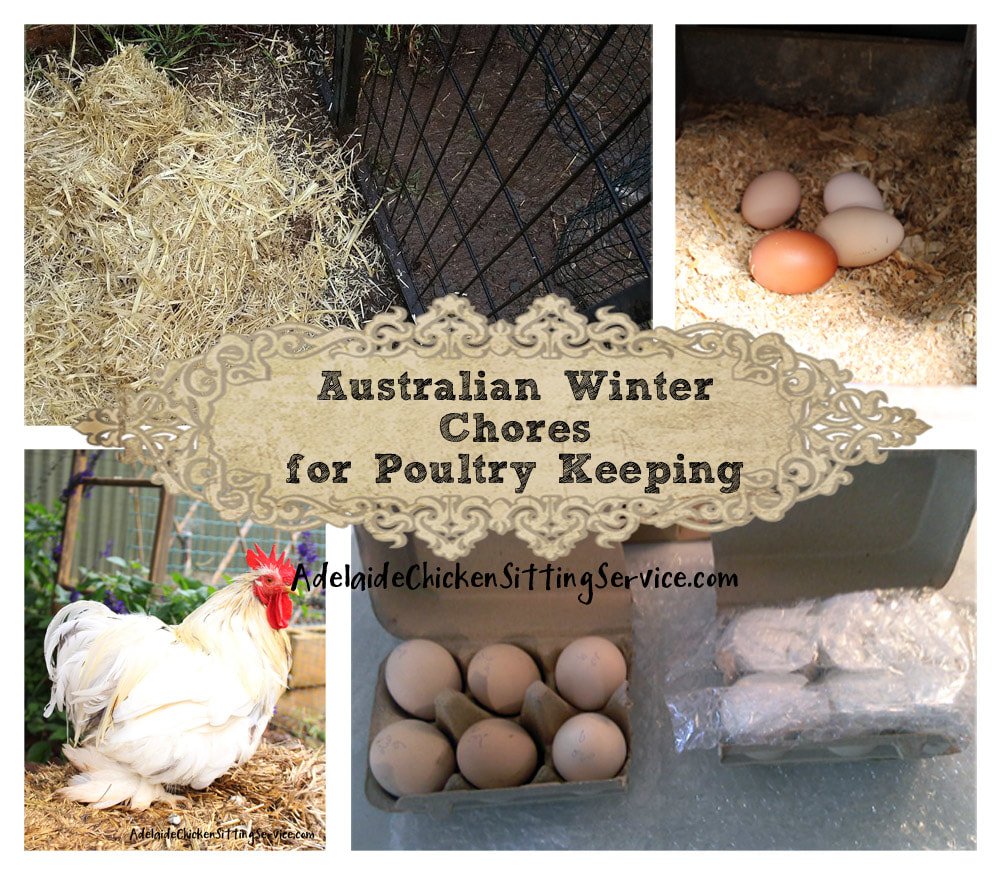
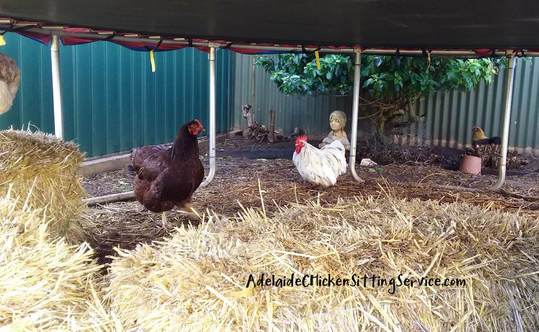
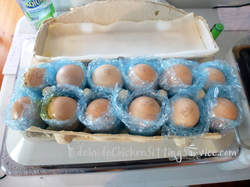
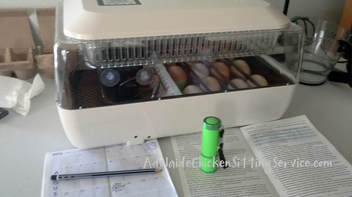
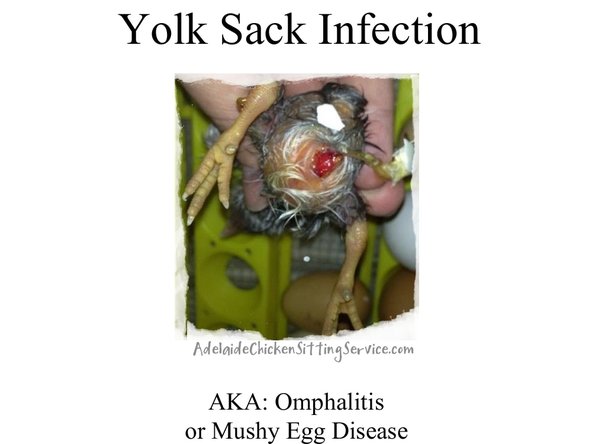
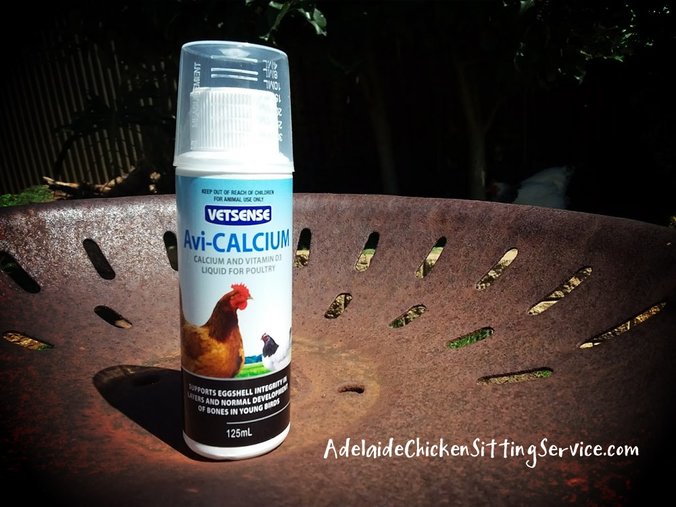
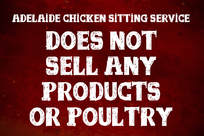
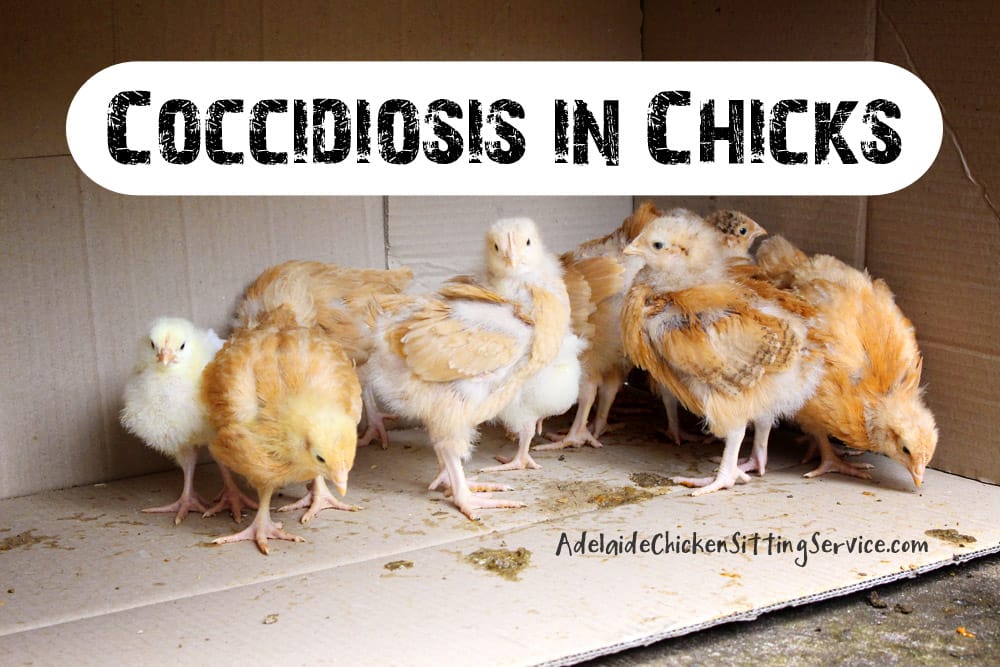
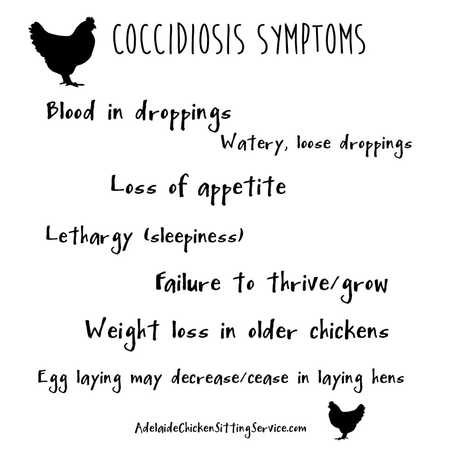
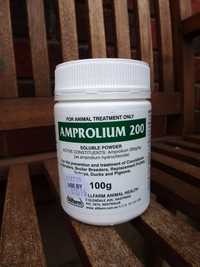
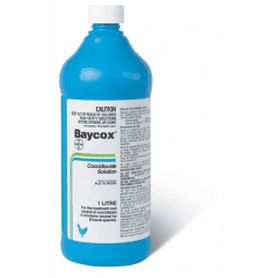
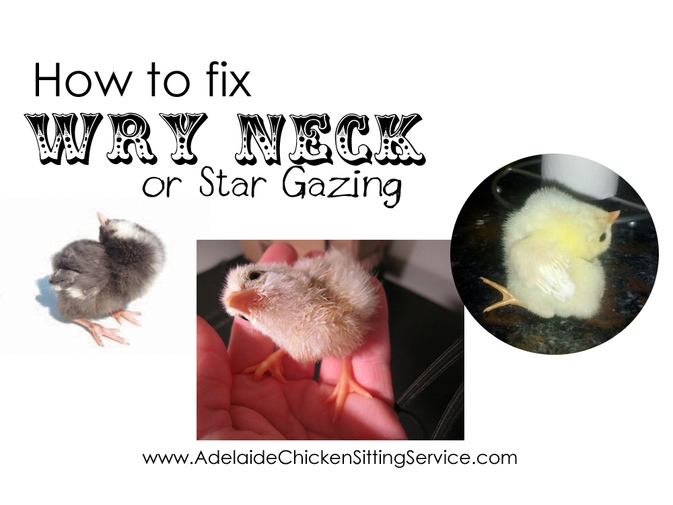
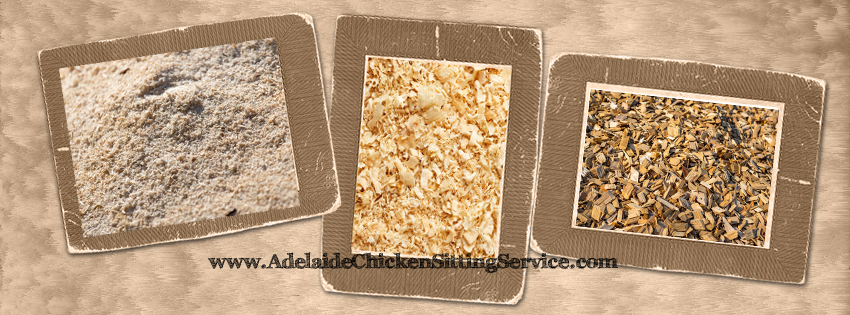
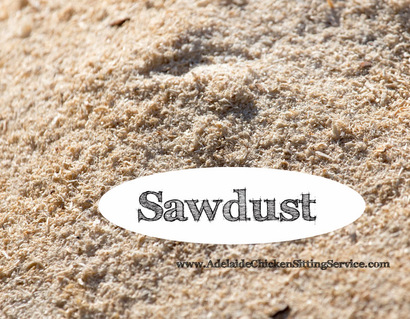
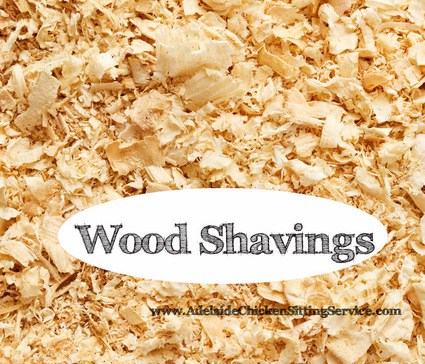
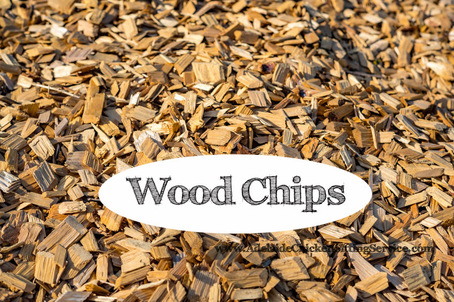
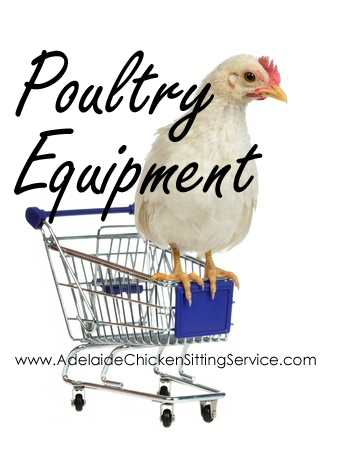



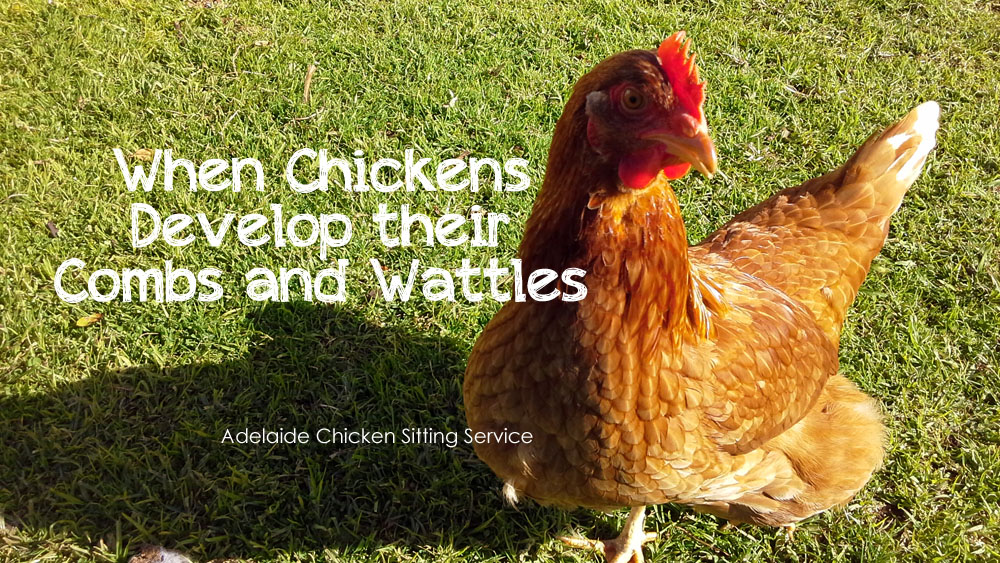
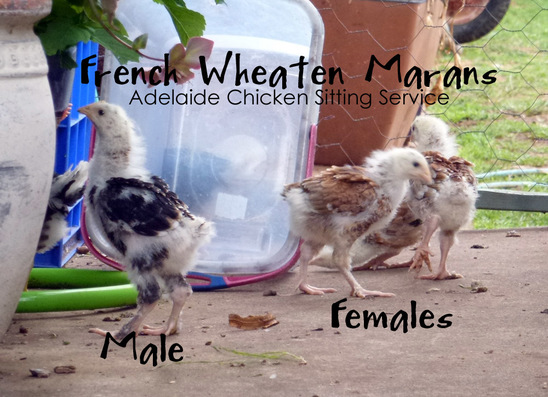
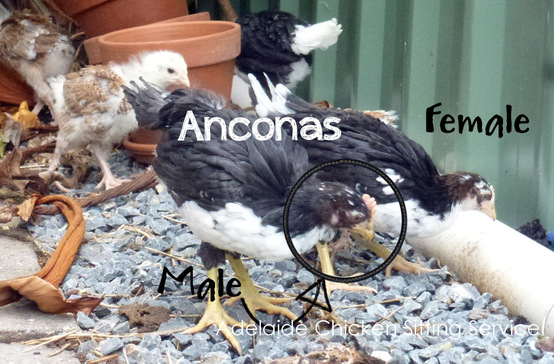
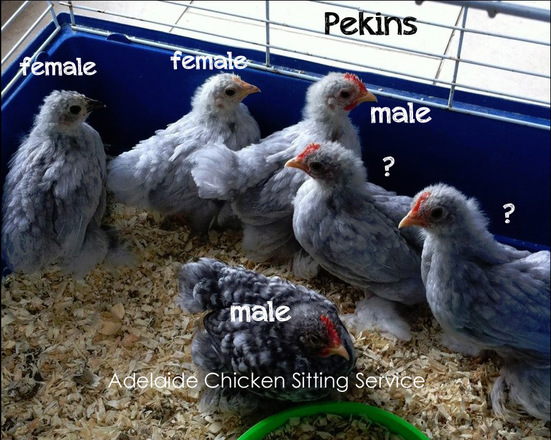
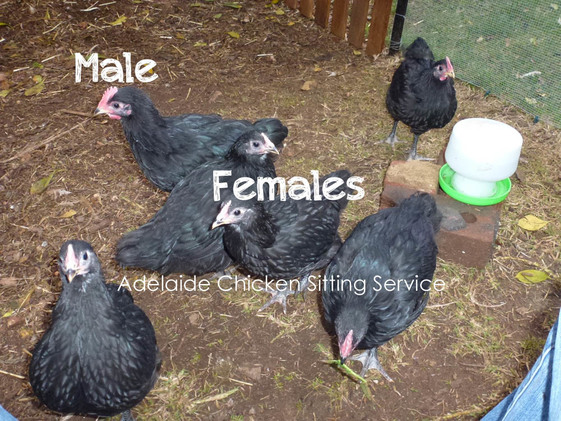
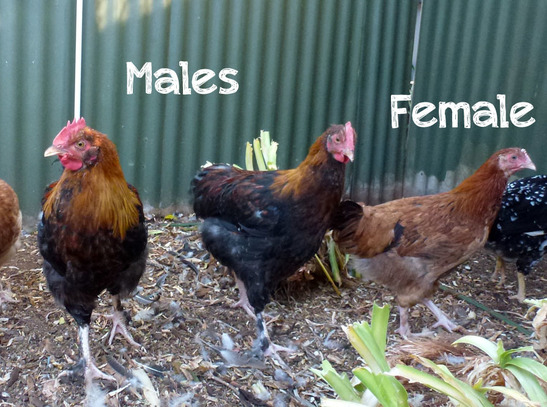
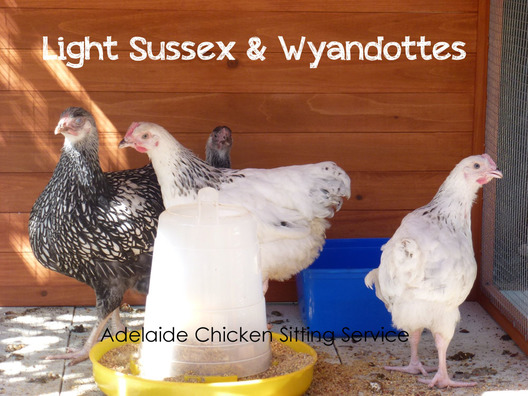
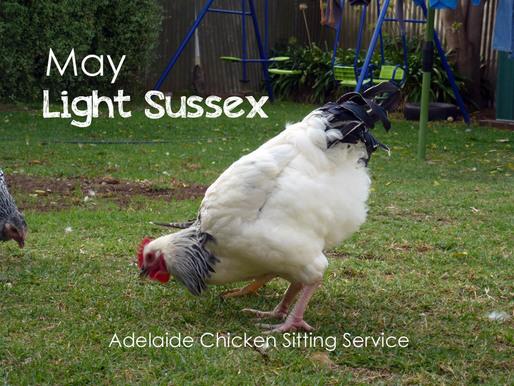
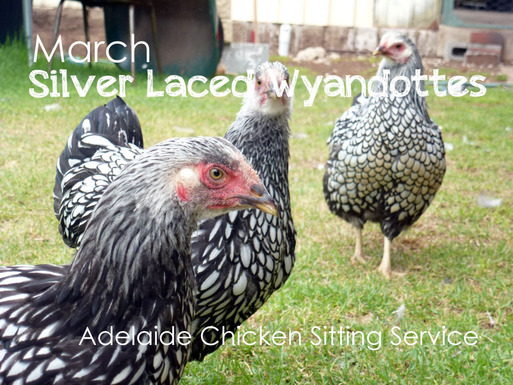
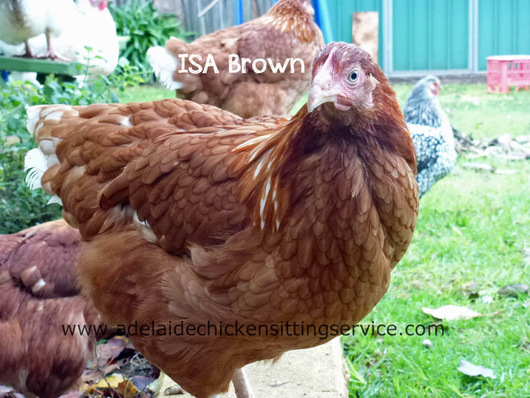

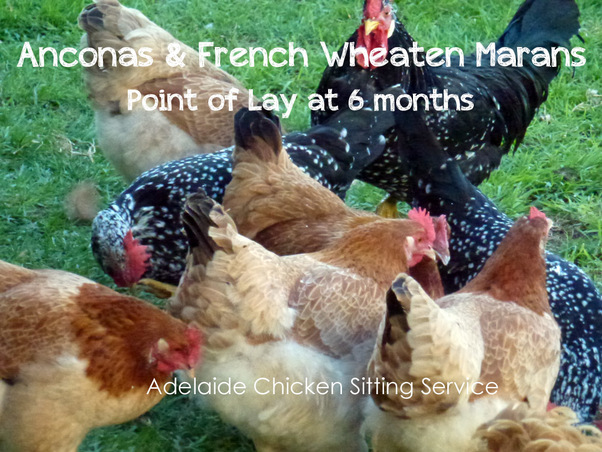
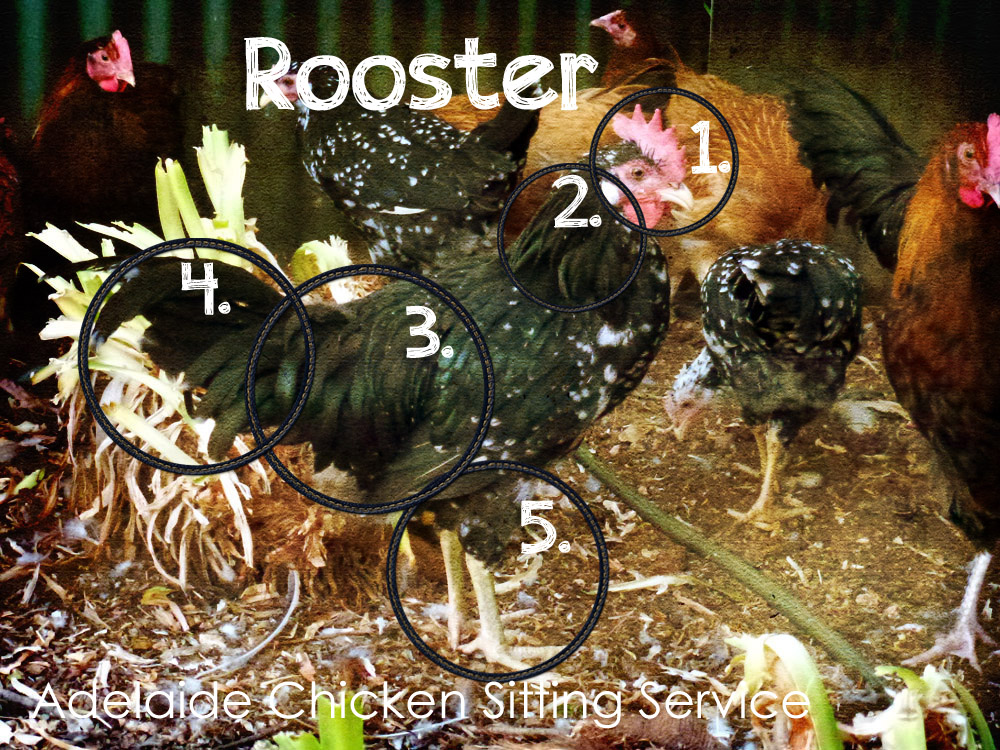
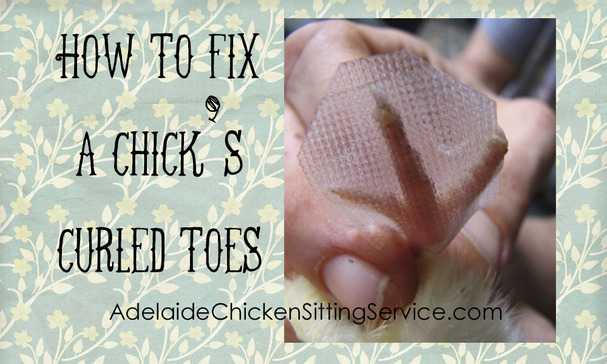
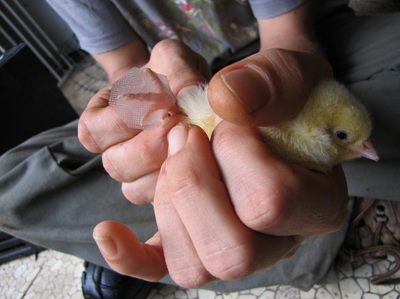
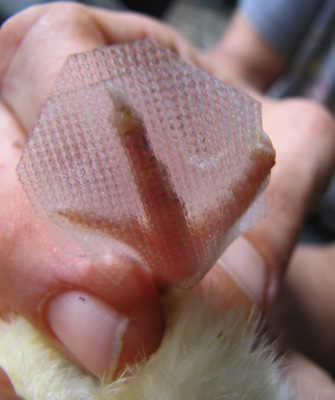
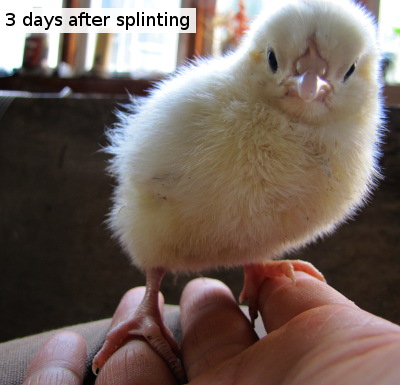
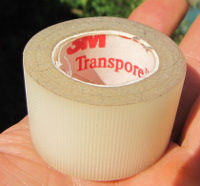
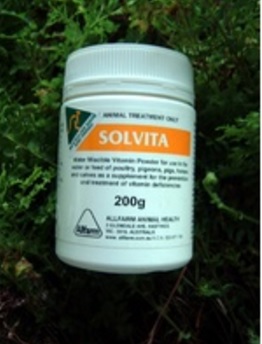
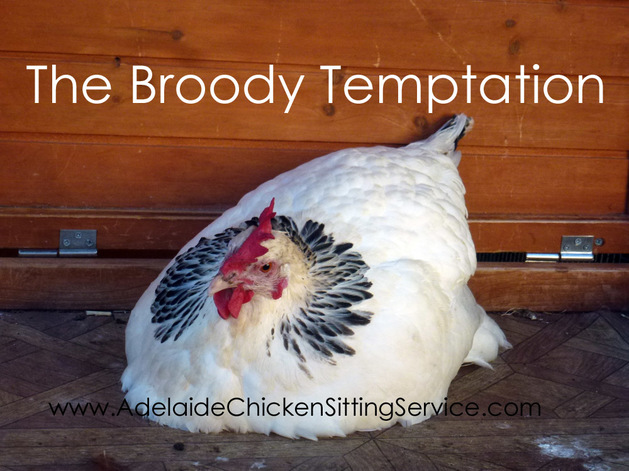
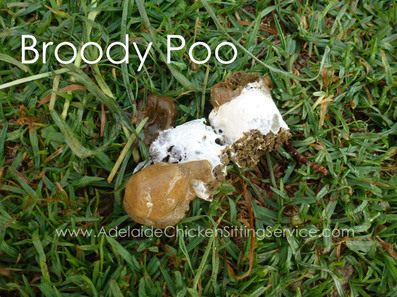
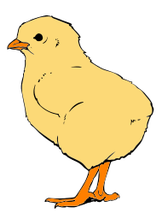
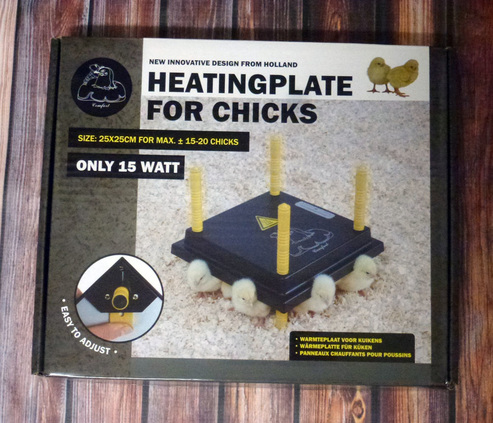
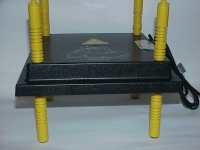
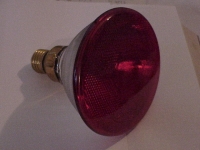
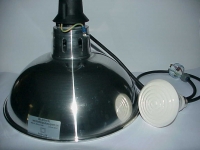
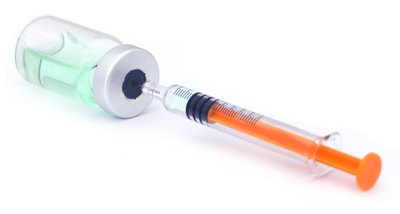
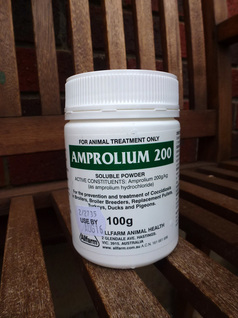
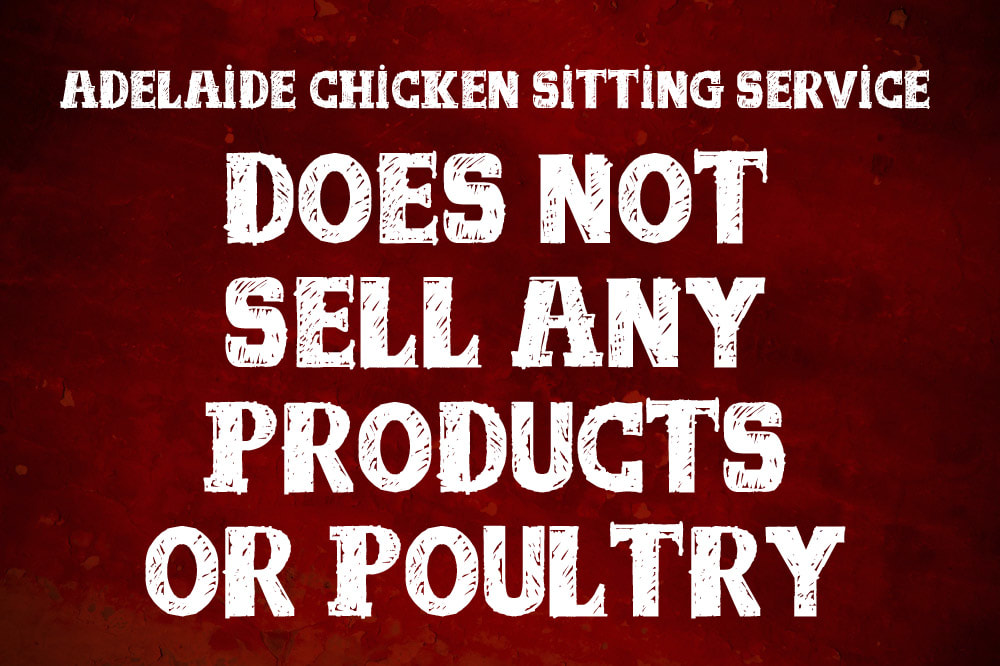

 RSS Feed
RSS Feed